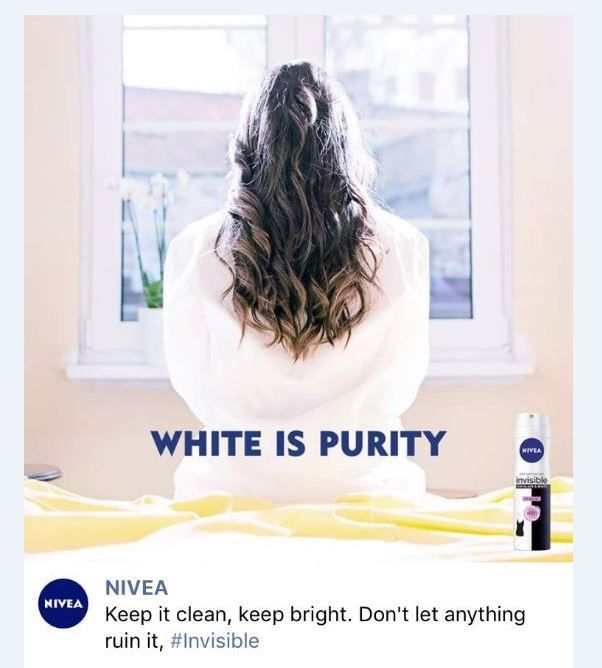From differences across platforms, formats, and audiences- creating ads that deliver ROI is no easy feat.
With all of the effort that goes into developing copy, layouts, and design, wouldn't it be nice to know you're on the right track before you hit "publish"?
That's exactly why many brands use ad testing to screen and perfect their advertising concepts prior to a campaign launch.
What is Ad Testing?
Ad testing is simply the process of vetting your ad concepts with a sample of your target audience. The process is quite flexible and can be adapted to test any aspect of your ads or campaigns. For example, you can run ad testing on fully formed ads, ads still in the storyboard stage, an entire ad, or just specific aspects of an ad.
With ad testing, you can find out how memorable and engaging your advertisements are, how strong the call to action is, and whether they resonate well with your target audience.
Why is Ad Testing Important?
Consumers are constantly bombarded with advertisements from an endless string of brands competing for their attention. Whether it’s commercials on streaming services, paid results on google searches, or branded content on social media; advertisements are everywhere.
And with all of that noise, sometimes it can be tempting to take a risk. Try something a bit outside of the box in an attempt to stand out.
But, without testing that risk grows exponentially larger.
Don't believe us? Just take a look at some of the ads below. Each was likely thought of as "catchy", "clever", or "attention-grabbing" internally...


Need we say more?
Even if you steer clear of risky concepts and language, that doesn't mean you shouldn't test your ads.
No matter your strategy, ad testing allows you to see past your blind spots and get direct feedback from those that matter most: your target market.
Tools for Ad Testing
Concept Testing
Concept testing is a great do-it-all tool for ad testing. You can use it to evaluate your copy, graphics, formatting, placement, or any combination of these. While many just consider concept testing useful for comparing ideas and selecting a winner, it's so much more than that! You can use the insights to take your winning concept from good to great!
Heat Mapping
Heat maps are a fantastic exercise in visual storytelling. While it technically can be used to test a variety of assets, you'll find using it on graphics to be especially helpful. It works by organizing data about an image using color-coded zones to represent the frequency of activities, interactions, and sentiments. This leaves you with key insights into the ads that garner the most frequent and positive interactions.
Text Highlighter
If you're specifically interested in perfecting the text-based aspects of your advertisements, look no further! Our text highlighter question gives you targeted insights on your copy quickly and effectively. It does this by having respondents highlight specific sections of your text to rate how interesting, clear, engaging, or good/bad it is. With a wide variety of rating scales to choose from, you can customize your test to get the exact feedback you need to perfect your copy!
Automated MaxDiff Analysis
This one might sound complicated, but it's actually quite simple! MaxDiff analysis allows respondents to rate the importance of different aspects of your product, service, or brand as a whole. This gives you clear data on the features that matter most to consumers, allowing you to center your messaging on them.
How to Test Your Ads More Effectively
To get actionable insights from your ad testing, you’ll need a well-designed experiment. Starting with a concept test, you can focus on a few key areas like:
 How well respondents retained the product and brand info in your ad.
How well respondents retained the product and brand info in your ad.
 The uniqueness, relevancy, and believability of the ad messaging.
The uniqueness, relevancy, and believability of the ad messaging.
 Respondents' likelihood to purchase from your brand based on the ad they viewed.
Respondents' likelihood to purchase from your brand based on the ad they viewed.
And to dig a bit deeper, you can add heatmaps to your concept test.
Using heatmaps, you can get visualized feedback on the aspects that catch respondents’ attention, whether that attention is positive or negative, and understand what elements (if any) would drive them to engage with your Call to Action (CTA).
Here's an example of the output from our own ad testing:

If you're ready to start testing your ads, click the button below for our free template:

Ad Testing Best Practices
What’s the biggest mistake an advertiser can make?
Making too many assumptions.
Just because you’ve always used a certain brand voice, copywriting style, or ad layout, doesn’t mean it is your best option.
Ad testing is the perfect time to think outside the box and explore your copy and creative options.
Maybe your usual style comes off as overly “salesy” for a large segment of your target market. Or, perhaps the language you use to describe your product or service is not the same natural language your customers would use.
Conversely, just because you assume your latest idea is funny or clever, doesn't mean it actually is. So it's best to run it by your target market to confirm - or deny- your hypothesis.
And when it comes to the study itself, make sure to keep your survey short, direct, and to the point. All of the questions you ask should point back to the main goals you want to accomplish. That will help to keep the survey brief and your insights poignant.
Thankfully, our template does most of the heavy lifting for you 😉
Ad Testing with SightX
The SightX platform is the next generation of consumer research tools: a single, unified solution for consumer engagement, understanding, advanced analysis, and reporting. Allowing you to take the guesswork out of your decision-making.
But, SightX isn’t just great tech. All of our survey templates are expertly crafted by our team of research and insights pros, who know the tips, tricks, and best practices to get the best data from your surveys.
If you're ready to take your advertising to the next level, start your free trial today!